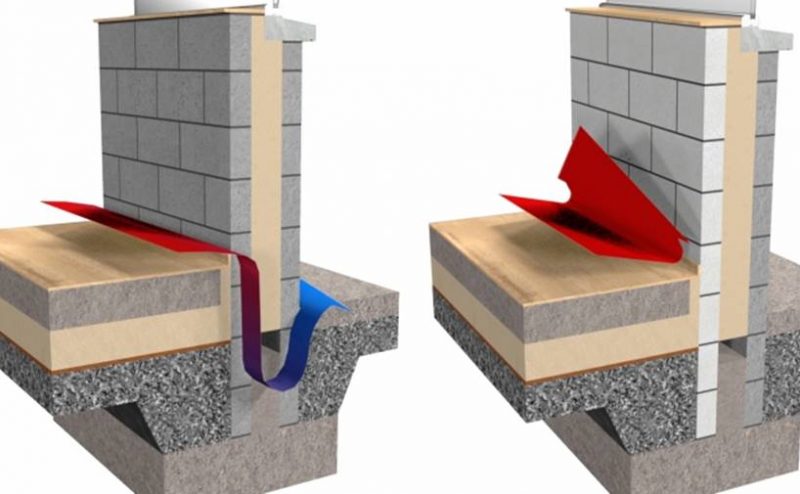
Quinn Building Products is urging developers to review their insulation options on new homes by undertaking bespoke thermal bridging assessments that can deliver more cost optimal designs by clever use of Quinn Lite thermal blocks at key junctions in the building envelope.
The use of a project specific thermal bridging factor in place of the more common, but extremely conservative, default thermal bridging factor of 0.08W/m2K, would allow developers and homeowners to target a small level of investment where it can deliver huge benefit, therefore reducing capital spend elsewhere in the project. Careful material selection and junction design can deliver superior Psi values, up to 10 times better than standard acceptable construction details. To encourage user awareness and understanding Quinn has a highly experienced technical team who are available to help developers, architects and BER assessors through the calculation process.
Commenting, Jason Martin, Specification Manager at Quinn Building Products said: “Using Quinn Lite thermal blocks to drive thermal and cost efficiency makes sense in any market but doubly so given current supply constraints of MDI which is a key input in PIR insulation boards and pricing. By investing in a thermal modelling project, Quinn Building Products has developed a unique set of construction details which deliver the same Building Energy Rating at a much lower cost.”
“To date bespoke thermal bridge assessment may have seemed more costly and time consuming, but by using Quinn details aided by our technical team, this is no longer the case. Construction details and associated Psi values are available for a full range of typical junctions and a tailored assessment based on project drawings can be delivered within a few hours and deliver long lasting sustainable benefits to developers and homeowners alike” Mr Martin said.
Quinn works with architects and developers every day to help to save money, or improve the energy performance of their designs through the use of Quinn products. For one particular development, Quinn was asked to look at potential savings on a typical A3 rated, semi-detached house. The house is part of a large development of around 300 houses, with potential savings of about €360,000 on this project.
Quinn provided three different options for the architect, all of which will reduce building costs substantially, and one of which will also improve the energy rating of the building from an A3 to an A2 rated house.